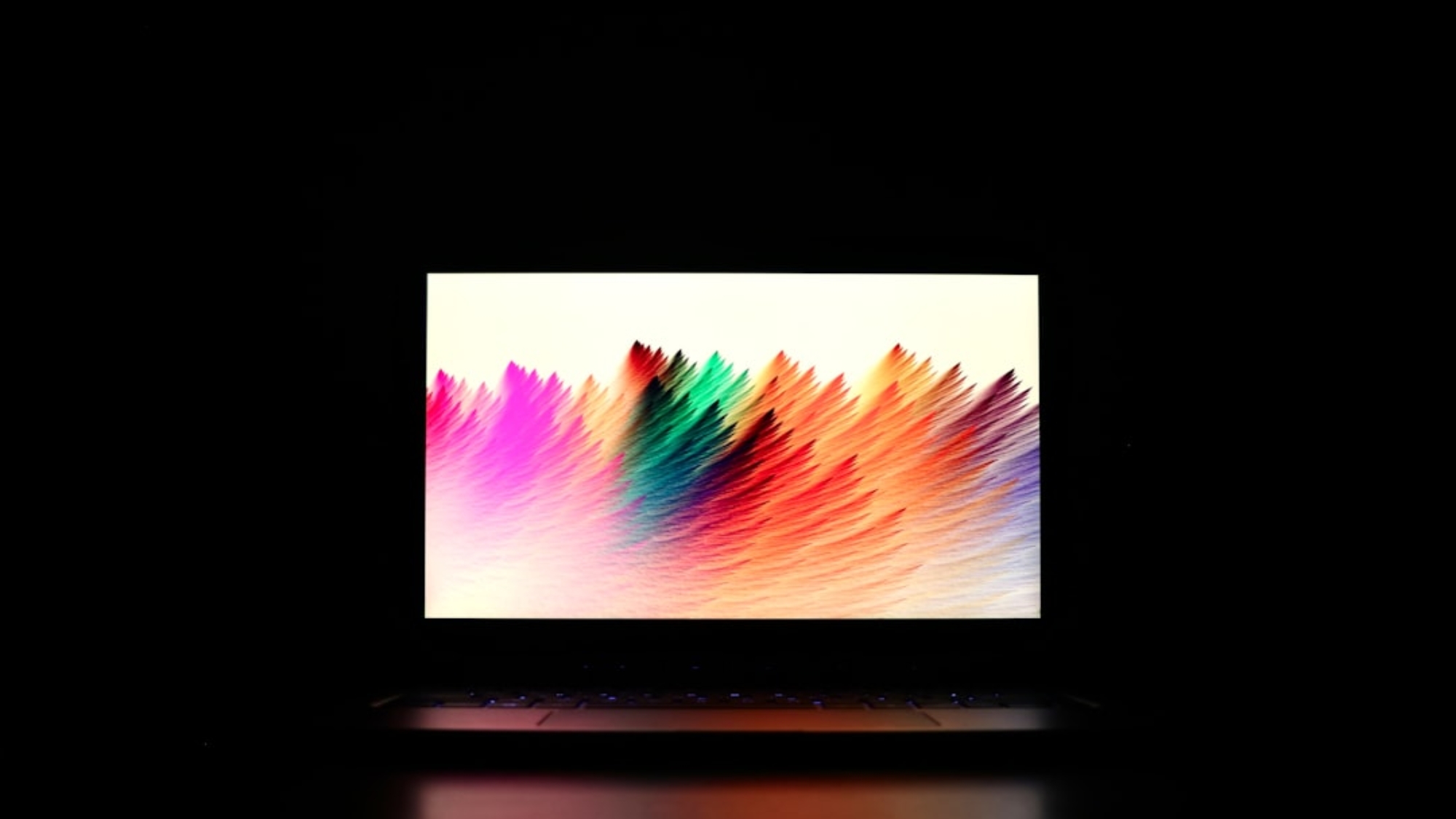Screen resolution refers to the number of pixels displayed on a screen, typically measured in width x height format. It determines the level of detail and clarity that can be seen on a display. In modern technology, screen resolution plays a crucial role in providing a visually appealing and immersive experience across various devices such as smartphones, tablets, laptops, and televisions.
The importance of screen resolution cannot be overstated. It directly affects the quality of images, videos, text, and graphics that are displayed on a screen. Higher screen resolutions result in sharper and more detailed visuals, while lower resolutions may lead to pixelation and a lack of clarity. As technology advances and displays become more advanced, screen resolution has become a key factor in determining the overall user experience.
The Relationship Between Screen Resolution and Image Quality
Screen resolution has a direct impact on image quality. The higher the resolution, the more pixels are packed into the display, resulting in sharper and more detailed images. On the other hand, lower resolutions can lead to pixelation and a loss of detail.
For example, let’s compare a high-resolution image with a low-resolution image. A high-resolution image with a resolution of 1920×1080 (Full HD) will appear crisp and clear on a display with the same resolution. However, if the same image is displayed on a lower-resolution screen, such as 1280×720 (HD), it will appear less sharp and may exhibit pixelation.
Understanding Pixels: The Building Blocks of Screen Resolution
Pixels are the smallest individual units that make up an image on a screen. They are tiny dots of light that combine to form images, text, and graphics. The more pixels there are in a given area, the higher the screen resolution.
Pixel density refers to the number of pixels per inch (PPI) on a display. It determines how sharp and detailed the images appear. Higher pixel density results in sharper images, while lower pixel density can lead to a loss of detail.
It’s important to note that pixel density and screen resolution are not the same thing. Screen resolution refers to the total number of pixels on a display, while pixel density refers to the concentration of pixels in a given area.
How Screen Resolution Affects Text and Font Clarity
Screen resolution also has a significant impact on text and font clarity. Higher resolutions allow for sharper and more legible text, while lower resolutions can result in blurry or pixelated text.
For example, if you compare the same text displayed on a high-resolution screen and a low-resolution screen, you will notice a clear difference in clarity. On a high-resolution screen, the text will appear sharp and well-defined, making it easier to read. On a low-resolution screen, the text may appear fuzzy or jagged, making it more difficult to read.
This is particularly important when it comes to reading documents, browsing the web, or working with text-heavy applications. Investing in a display with a higher resolution can greatly enhance the readability and overall user experience.
The Impact of Screen Resolution on Gaming and Video Quality
Screen resolution plays a crucial role in gaming and video quality. Higher resolutions provide more detail and immersion, resulting in a more realistic and visually stunning experience.
In gaming, higher resolutions allow for more detailed textures, sharper graphics, and smoother gameplay. For example, playing a game at 4K resolution (3840×2160) will provide a much more immersive experience compared to playing at 1080p (1920×1080).
Similarly, when it comes to video quality, higher resolutions offer greater clarity and detail. Watching videos at higher resolutions allows for a more cinematic experience with vibrant colors and sharp details. For example, watching a movie in 4K resolution on a compatible display will provide a more lifelike and immersive viewing experience compared to watching it in standard definition.
The Differences Between HD, Full HD, and 4K Resolutions
HD (High Definition) refers to a screen resolution of 1280×720 pixels. It is commonly used in televisions, smartphones, and tablets. Full HD (1920×1080) offers a higher resolution compared to HD and is widely used in laptops, monitors, and televisions. 4K (3840×2160) is the highest resolution currently available for consumer displays and provides four times the detail of Full HD.
The main difference between these resolutions lies in the number of pixels displayed on the screen. HD has the lowest number of pixels, followed by Full HD, and then 4K. As a result, 4K displays offer the highest level of detail and clarity.
Devices that use HD resolution are typically entry-level or budget-friendly options. Full HD displays are more common and offer a good balance between price and performance. 4K displays are considered high-end and are often found in premium devices such as high-end smartphones, gaming monitors, and televisions.
Choosing the Right Screen Resolution for Your Device and Needs
When choosing the right screen resolution for your device, there are several factors to consider. These include the intended use of the device, your budget, and personal preferences.
For everyday tasks such as web browsing, document editing, and multimedia consumption, Full HD resolution is generally sufficient. It provides a good balance between image quality and affordability.
If you are a gamer or work with graphics-intensive applications, you may want to consider a higher resolution such as 4K. This will provide a more immersive gaming experience and allow for greater detail in graphics and textures.
It’s also important to consider the size of the display when choosing screen resolution. Higher resolutions may not be as noticeable on smaller screens, while they can make a significant difference on larger displays.
The Future of Screen Resolution: Emerging Technologies and Trends
The future of screen resolution is promising, with emerging technologies and trends pushing the boundaries of what is possible. One such technology is OLED (Organic Light-Emitting Diode), which offers better color reproduction, contrast ratios, and viewing angles compared to traditional LCD displays.
Another emerging trend is the development of foldable displays. These displays have the potential to revolutionize the way we interact with devices by providing larger screens in a compact form factor. As these technologies continue to evolve, we can expect to see higher resolutions and improved image quality.
Tips for Optimizing Screen Resolution on Your Device
To optimize screen resolution on your device, there are a few tips you can follow:
1. Use the native resolution: Set your display to its native resolution for the best image quality. This ensures that the content is displayed at its intended resolution.
2. Adjust scaling settings: If text or icons appear too small or too large on your display, you can adjust the scaling settings in your device’s settings menu. This allows you to customize the size of text and icons to your preference.
3. Update graphics drivers: Keeping your graphics drivers up to date can improve performance and compatibility with different screen resolutions.
4. Calibrate your display: Use calibration tools or software to adjust color accuracy, brightness, and contrast settings for optimal viewing.
Why Investing in High-Quality Screen Resolution Is Worth It
Investing in high-quality screen resolution is worth it for several reasons. Firstly, it enhances the overall user experience by providing sharper and more detailed visuals. Whether you are watching videos, playing games, or working with text-heavy applications, higher resolutions offer a more immersive and enjoyable experience.
Secondly, high-quality screen resolution improves productivity and reduces eye strain. Crisp and clear text makes it easier to read and work with documents, while sharp graphics and images enhance visual communication.
Lastly, as technology continues to advance, higher resolutions are becoming more accessible and affordable. With a wide range of devices offering different screen resolutions, there is an option available for every budget and need.
In conclusion, screen resolution is a critical factor in modern technology that directly impacts image quality, text clarity, gaming, and video quality. Understanding the differences between resolutions such as HD, Full HD, and 4K can help you make informed decisions when choosing devices. By investing in high-quality screen resolution and optimizing it on your device, you can enjoy a more immersive and visually stunning experience in your daily life and work.
FAQs
What is screen resolution?
Screen resolution refers to the number of pixels displayed on a screen. It is measured in terms of the number of pixels horizontally and vertically on the screen.
Why does screen resolution matter?
Screen resolution matters because it affects the clarity and sharpness of the images and text displayed on the screen. A higher screen resolution means more pixels, which results in a clearer and sharper image.
What are the different types of screen resolutions?
The most common screen resolutions are 720p, 1080p, 1440p, and 4K. 720p has a resolution of 1280×720 pixels, 1080p has a resolution of 1920×1080 pixels, 1440p has a resolution of 2560×1440 pixels, and 4K has a resolution of 3840×2160 pixels.
What is the ideal screen resolution for gaming?
The ideal screen resolution for gaming depends on the type of game being played and the hardware being used. Generally, a higher screen resolution is better for gaming as it provides a more immersive experience. However, a higher resolution also requires more powerful hardware to run smoothly.
What is the ideal screen resolution for video editing?
The ideal screen resolution for video editing depends on the type of video being edited and the software being used. Generally, a higher screen resolution is better for video editing as it provides more screen real estate to work with. However, a higher resolution also requires more powerful hardware to run smoothly.
What is the difference between screen resolution and screen size?
Screen resolution refers to the number of pixels displayed on a screen, while screen size refers to the physical size of the screen. A larger screen size does not necessarily mean a higher screen resolution, and vice versa.


